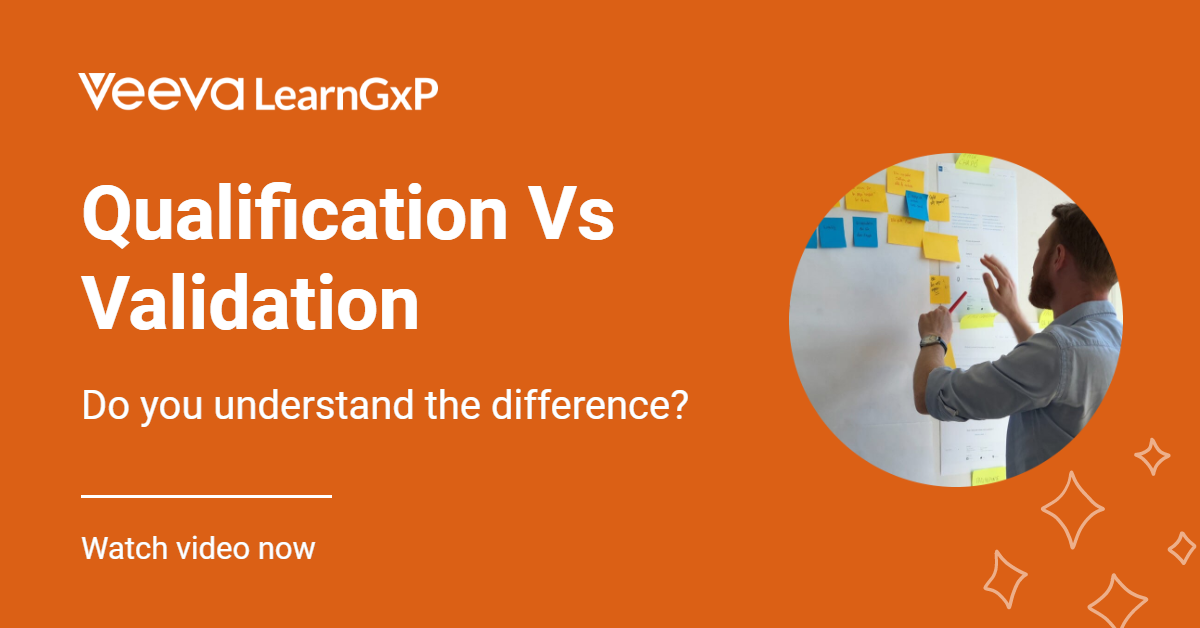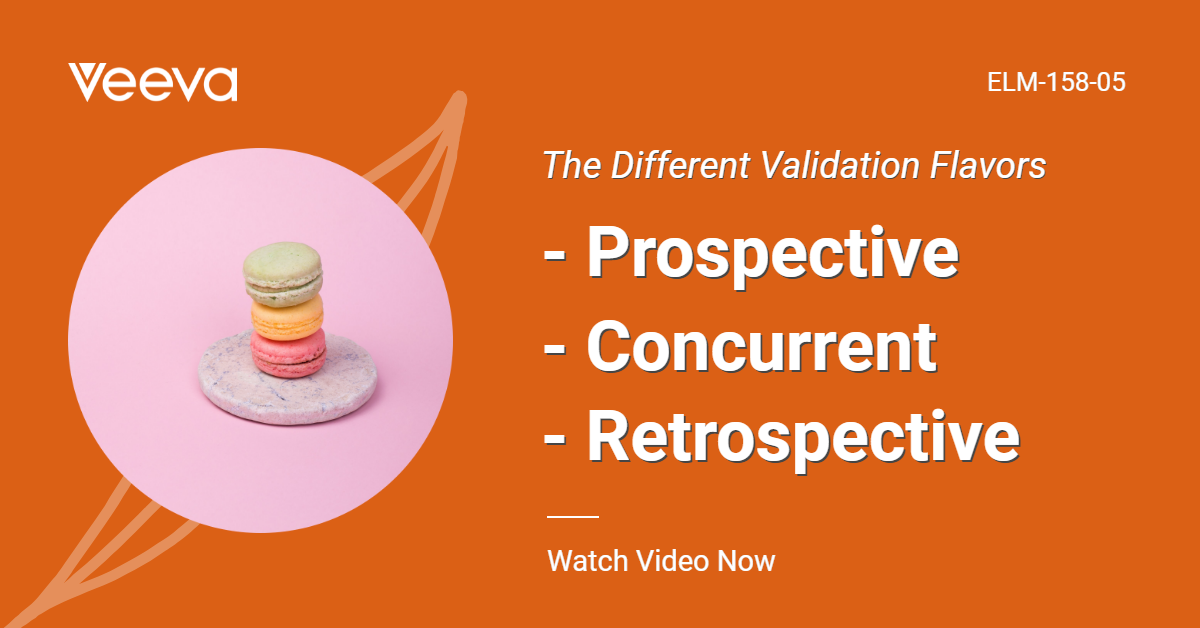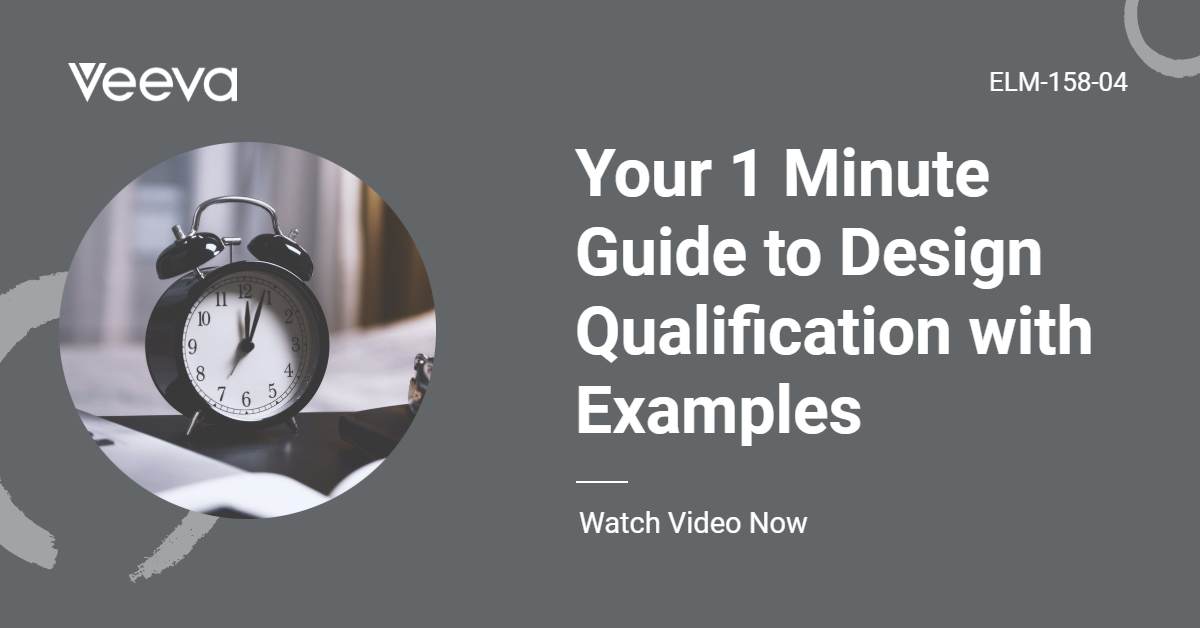The cleaning processes of multiple product use equipment in API facilities are subject to requirements for cleaning validation. The validation effort could be huge. In order to minimize the amount of validation required, a risk assessment based approach for the validation can be used.
Introduction
It is an ethical worldwide acceptable aspect to use clean item / objects for use / consumption. Irrespective of manufacturing process, cleaning is the first aspect which is ensured by the individuals / organizations even in day-to-day life. This article will cover the basics of cleaning concepts employed to ensure how much clean is clean.
Application
Cleaning aspect is employed with a general objective i.e. for removal of contaminants / residue. In case of pharmaceutical industry, pharmaceutical products & APIs can be contaminated by other pharmaceutical products or APIs, by cleaning agents, by other materials (i.e. dust, lubricants, air-borne particles) & by micro-organisms.
In many cases same equipment may be used for processing of different products & to avoid the contamination, adequate cleaning procedures are essential.
Cleaning Validation in Pharmaceutical Industry
Since the pharmaceutical industries are involved in business of vital life saving drugs, hence it is required by law & with aspects of patient safety. Let’s have a quick view on requirements by law:
1. 21 CFR Part 210 & 211, USFDA [$211.67. Equipments & utensils shall be cleaned, maintained & sanitized at appropriate intervals to prevent malfunctions or contaminations that would alter the safety, identity, strength, quality or purity of the drug product beyond the official or other established requirements] & [$211.113 Control of microbiological contamination].
2. Schedule-M [Equipment design, size & Location: $4.2 If the equipment is used for different intermediates & APIs, proper cleaning before switching from one product to another becomes particularly important].
In addition to above mentioned laws there are so many other laws from various regulatory agencies.
Key factors of cleaning validation:
- Selection of equipments [Based on worst case approach].
- Appropriate solvent / detergent [Based on Solubility data].
- Cleaning procedure [Hand scrubbing / solvent wash /Clean In Place / Clean Out of Place / Quantities / time / Pressure / temperature].
- Level of cleaning required [Based on the risk assessment].
- What is clean [Acceptance criteria based on the visually clean / Rinse Limit / Swab Limit / Microbiological aspects]
No. of times cleaning required [To achieve acceptance criteria, however “test until clean” is not acceptable].
- Interval between the end of production & the beginning of the cleaning procedures [Dirty Equipment Hold Time Study].
- The period and when appropriate, conditions of storage of equipment before cleaning & the time between cleaning and equipment reuse [Clean equipment Hold time study].
- Analytical Methods / Recovery studies
- Training of personnel
In addition to all these consideration the Top most requirements are sequential, accurate, scientifically justified & reliable documentation.
Risk assessment in Cleaning validation
In order to minimize the amount of validation required, a worst case approach for the validation can be used; instead of the investigation of each individual cleaning situation similar situation could be grouped.
Worst case rating priority will then support a conclusion that the cleaning procedures are effective for all drug substances within the bracket, including those not individually tested
In order to select the extent of cleaning process formal risk assessment should be carried out based on the factors under considerations i.e. Toxicological / pharmacological activity of the previous product, its side products or degradants, Maximum daily dose of the next product, Microbiological growth, Batch size of the following product, Solubility, experience, difficult to remove previous product etc. This will results in scientific justified rational for cleaning validation in multi product manufacturing facility.
Benefits of Risk Assessment
1. Required extent of cleaning can be evaluated & reduced.
2. Practical, achievable and verifiable limits can be decided based on the grouping into groups of risk (e.g. Very soluble products, similar potency, highly toxic, difficult to detect].
3. Scientific rational based study, hence more convenient to explain during Audits
References
1. 21 CFR Part 210 and 211 [USFDA].
2. Good manufacturing practices and requirements of premises, plant & equipment for pharmaceutical products [Schedule-M].
3. GUIDE-MQA-008-007 “cleaning Validation” Dec-2008 [Health Science Authority].
4. “Guidance on aspects of cleaning validation in active pharmaceutical ingredient plants” Dec-2000 [Active Pharmaceutical Ingredient Committee].





